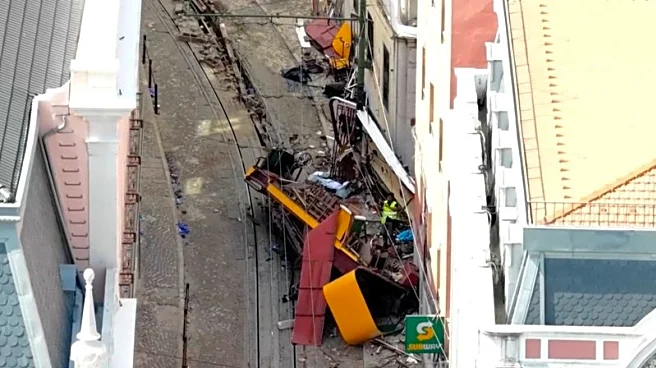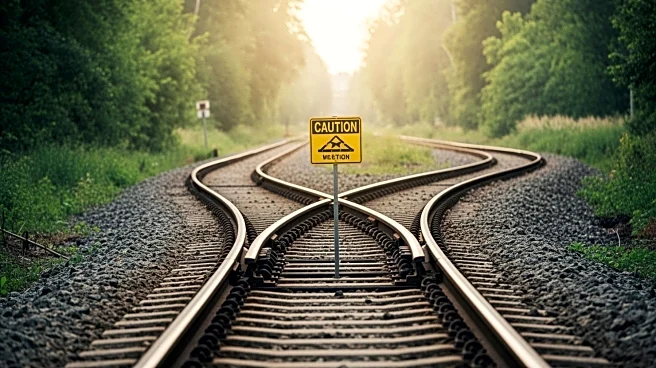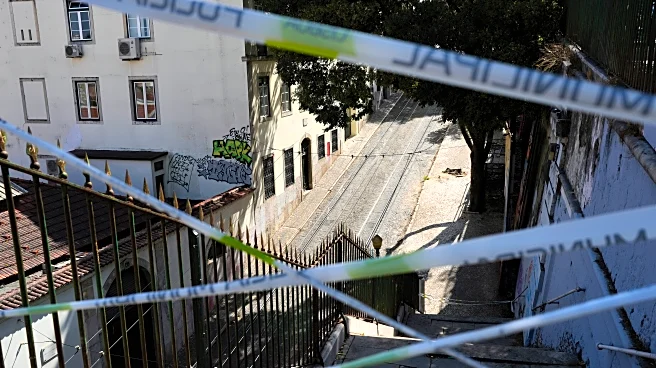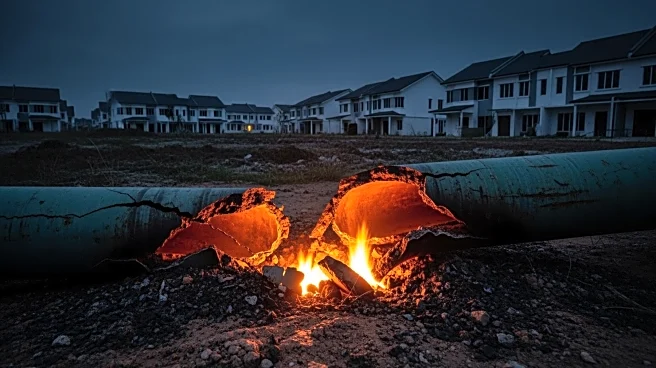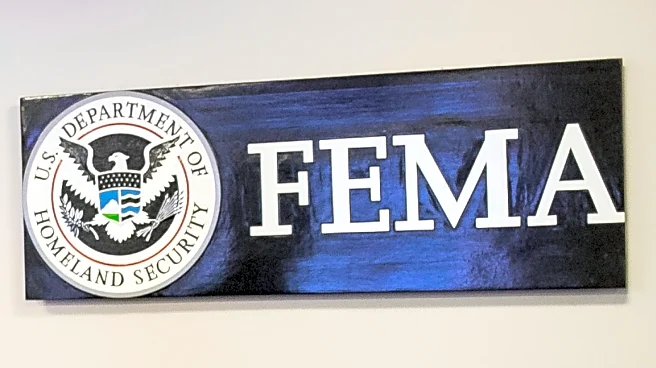What's Happening?
A preliminary report has identified that the cable involved in the Lisbon funicular crash was substandard and not certified for public transport. The crash, which occurred in September, resulted in the deaths
of at least 16 people and injuries to 21 others. The cable snapped, causing one of the carriages to derail and crash into a building. The Office for Air and Rail Accident Prevention and Investigation (GPIAAF) found that the cable did not comply with the specifications required by the city's transport operator. The report also noted issues with the braking systems, which failed to stop the carriage after the cable broke.
Why It's Important?
The report highlights critical safety lapses in public transport systems, raising concerns about the adequacy of safety standards and maintenance practices. The incident has prompted a reevaluation of safety protocols and may lead to increased regulatory oversight. The crash has affected public trust in the safety of funiculars, which are popular tourist attractions. The findings may drive changes in safety regulations and maintenance standards to prevent similar accidents in the future.
What's Next?
A complete analysis of the accident is expected next year, which may include recommendations for improving safety standards and maintenance practices. The findings could lead to regulatory changes and increased inspections of funicular systems. Transport operators and safety regulators may face pressure to implement more rigorous safety measures. Legal actions from victims' families seeking accountability and compensation may also arise.
Beyond the Headlines
The crash highlights the ethical responsibility of transport operators to ensure passenger safety and maintain equipment to the highest standards. It underscores the potential consequences of neglecting maintenance and safety protocols, which can lead to tragic outcomes. The incident may trigger a cultural shift towards prioritizing safety over cost-cutting measures in public transport systems.


